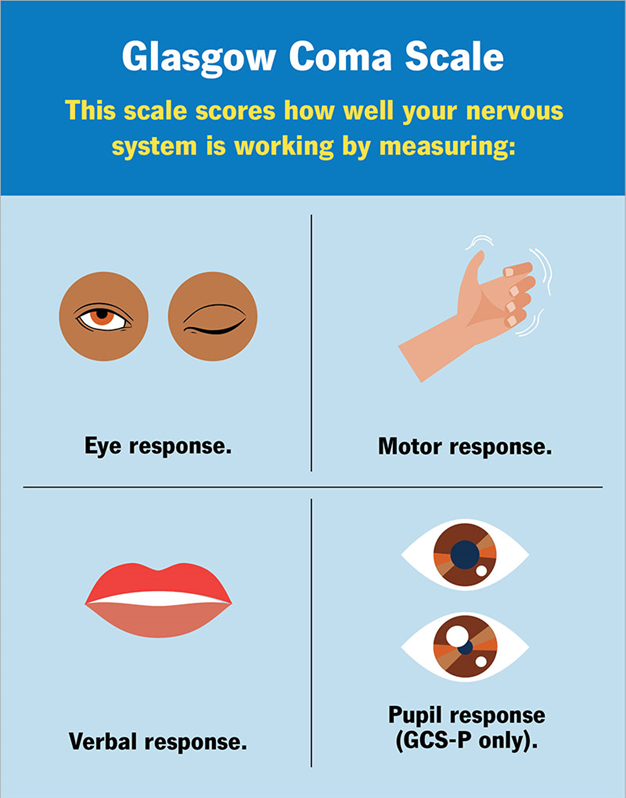A nurse is caring for a client who is scheduled for a hysterectomy and has signed the informed consent form. The client tells the nurse she is unsure about having the procedure. Which of the following responses should the nurse make?
"You should not have signed the consent form if you have reservations about the surgery."
"Let me provide you with resources you can read about the surgery."
"If you have any concerns about the procedure, the surgery can be cancelled."
"I will contact the provider and request medication to help you relax."
The Correct Answer is C
Choice A reason: This is not the correct choice because this response is insensitive and unprofessional. The nurse should not blame or criticize the client for signing the consent form, as this may make the client feel guilty or pressured. The nurse should respect the client's autonomy and right to change their mind.
Choice B reason: This is not the correct choice because this response is inadequate and irrelevant. The nurse should not assume that the client needs more information about the surgery, as this may not address the client's underlying reasons for being unsure. The nurse should listen to the client's concerns and provide emotional support.
Choice C reason: This is the correct choice because this response is respectful and reassuring. The nurse should acknowledge the client's feelings and let them know that they have the option to cancel the surgery if they are not comfortable with it. The nurse should also inform the provider and the surgical team about the client's situation and facilitate further discussion if needed.
Choice D reason: This is not the correct choice because this response is inappropriate and unethical. The nurse should not offer medication to the client to help them relax, as this may impair their decision-making capacity and consent. The nurse should not coerce or manipulate the client to undergo the surgery.
Nursing Test Bank
Naxlex Comprehensive Predictor Exams
Related Questions
Correct Answer is D
Explanation
Choice A reason: This is not the correct choice because this action is not legally required or ethically appropriate. The client has the right to refuse treatment and leave the hospital at any time, as long as she is competent and informed of the risks and consequences. The nurse should not coerce or threaten the client to stay against her will.
Choice B reason: This is not the correct choice because this action is not helpful or respectful. The client may have valid reasons for wanting to go home, such as personal or financial issues. The nurse should not assume that the client is anxious or irrational and offer her a sedative, which may impair her judgment and consent.
Choice C reason: This is not the correct choice because this action is not necessary or professional. The client is not a threat to herself or others, and does not need to be restrained or guarded by a security officer. The nurse should not use intimidation or force to prevent the client from leaving.
Choice D reason: This is the correct choice because this action is the best practice and the standard procedure. The nurse should explain to the client the benefits of staying and the risks of leaving, and document the conversation. The nurse should also ask the client to sign the Against Medical Advice form, which states that the client understands the implications of her decision and releases the hospital and the provider from liability.
Correct Answer is D
Explanation
Choice A reason: The most recent blood glucose reading is not the most important information for the nurse to report at shift change. IV corticosteroids can cause hyperglycemia, which requires monitoring and treatment, but it is not as critical as the client's level of consciousness.
Choice B reason: The laboratory tests scheduled for next shift are not the most important information for the nurse to report at shift change. The nurse should inform the oncoming nurse about the tests, but they are not as urgent as the client's neurological status.
Choice C reason: The reddened area on the coccyx is not the most important information for the nurse to report at shift change. The nurse should document and report any signs of skin breakdown, but they are not as life-threatening as the client's increased intracranial pressure.
Choice D reason: The Glasgow Coma Scale score is the most important information for the nurse to report at shift change. The Glasgow Coma Scale is a tool that measures the client's level of consciousness based on eye opening, verbal response, and motor response. A decrease in the score indicates a deterioration in the client's neurological condition, which requires immediate intervention.

Whether you are a student looking to ace your exams or a practicing nurse seeking to enhance your expertise , our nursing education contents will empower you with the confidence and competence to make a difference in the lives of patients and become a respected leader in the healthcare field.
Visit Naxlex, invest in your future and unlock endless possibilities with our unparalleled nursing education contents today
Report Wrong Answer on the Current Question
Do you disagree with the answer? If yes, what is your expected answer? Explain.
Kindly be descriptive with the issue you are facing.
